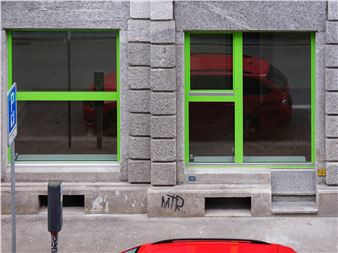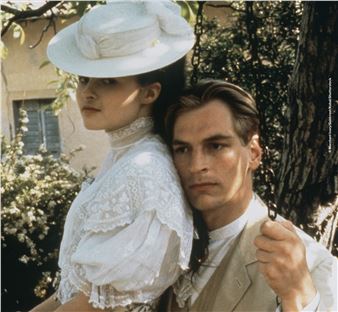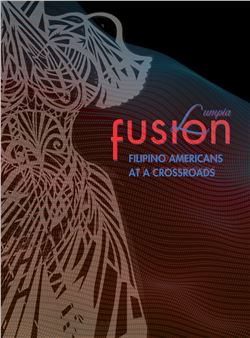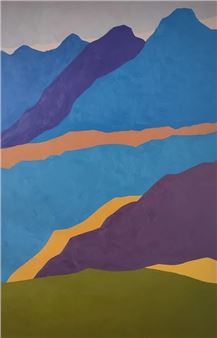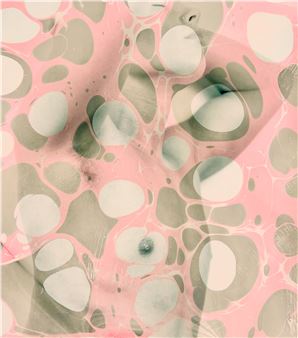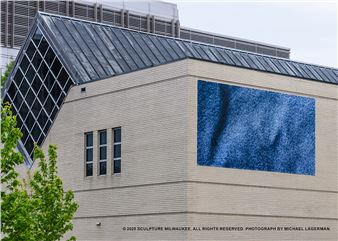Ryu Takeda: The Sixth Night
The Green Gallery is delighted to present Ryu Takeda's first solo show outside of Japan, The Sixth Night. A group of paintings and a single drawing, mostly completed in the past year, make up this debut that allows contemporary abstraction and mingei aesthetics to coalesce on the picture plane. As the paintings are best described through the act of viewing them, the work is best represented through the artist’s own words:
I decided to use the title "The Sixth Night," which is an allusion to Natsume Soseki's novel, Ten Nights' Dreams (Yume Jūya).
Natsume Soseki's Ten Nights' Dreams is a series of ten self-contained dream narratives, each beginning with the line, "I had a dream like this..." Although there is no single continuous storyline, through each dream, Soseki's sharp insights into the human psyche, life and death, love and solitude, and the era are depicted with a fantastical and symbolic touch. The Sixth Night, or the 6th story, features Unkei, a Japanese sculptor active about 800 years ago, who is still alive in the present day and continues to carve statues. Below is a brief summary of that story:
The main character hears a rumor that Unkei, a sculptor from the Kamakura period, is carving a Nio (Guardian King) statue at the main gate of Gokoku-ji Temple, and goes to see it. A large crowd has gathered there, and a strange scene is unfolding that transcends time. Unkei uses a chisel and hammer with single-minded focus, performing magnificent carving as if he were simply excavating a Nio statue that already existed inside the wood. One of the spectators says, "Unkei is not creating the Nio; he is merely digging out what is already buried in the wood." Influenced by these words, the main character wonders if he could do it too, and returns home to start carving every piece of fallen wood in his yard. However, no Nio statue appears from any of the logs, and the story concludes with the main character "realizing that no Nio could possibly be buried in the wood of the Meiji era." This night's tale is interpreted as a work exploring themes such as the creation of art and the discontinuity of spirit and culture between the Meiji era and the past (here, the Kamakura period).
Although the circumstances of the era this novelist lived in and my own are different, I believe the tension between Eastern and Western influences (the "Oriental and Western distortion") that arose in the aftermath of Japan's modernization is one of the issues I must continue to contemplate.
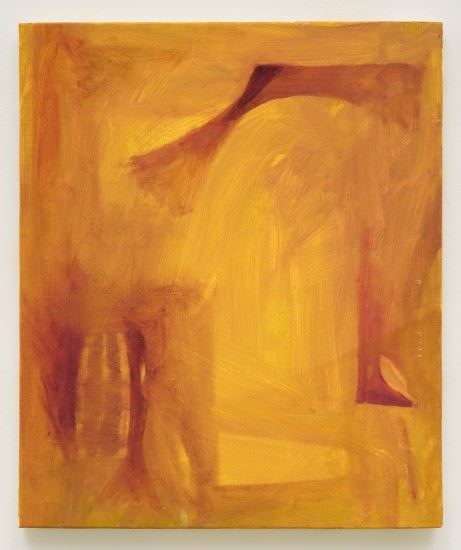
Recommended for you
The Green Gallery is delighted to present Ryu Takeda's first solo show outside of Japan, The Sixth Night. A group of paintings and a single drawing, mostly completed in the past year, make up this debut that allows contemporary abstraction and mingei aesthetics to coalesce on the picture plane. As the paintings are best described through the act of viewing them, the work is best represented through the artist’s own words:
I decided to use the title "The Sixth Night," which is an allusion to Natsume Soseki's novel, Ten Nights' Dreams (Yume Jūya).
Natsume Soseki's Ten Nights' Dreams is a series of ten self-contained dream narratives, each beginning with the line, "I had a dream like this..." Although there is no single continuous storyline, through each dream, Soseki's sharp insights into the human psyche, life and death, love and solitude, and the era are depicted with a fantastical and symbolic touch. The Sixth Night, or the 6th story, features Unkei, a Japanese sculptor active about 800 years ago, who is still alive in the present day and continues to carve statues. Below is a brief summary of that story:
The main character hears a rumor that Unkei, a sculptor from the Kamakura period, is carving a Nio (Guardian King) statue at the main gate of Gokoku-ji Temple, and goes to see it. A large crowd has gathered there, and a strange scene is unfolding that transcends time. Unkei uses a chisel and hammer with single-minded focus, performing magnificent carving as if he were simply excavating a Nio statue that already existed inside the wood. One of the spectators says, "Unkei is not creating the Nio; he is merely digging out what is already buried in the wood." Influenced by these words, the main character wonders if he could do it too, and returns home to start carving every piece of fallen wood in his yard. However, no Nio statue appears from any of the logs, and the story concludes with the main character "realizing that no Nio could possibly be buried in the wood of the Meiji era." This night's tale is interpreted as a work exploring themes such as the creation of art and the discontinuity of spirit and culture between the Meiji era and the past (here, the Kamakura period).
Although the circumstances of the era this novelist lived in and my own are different, I believe the tension between Eastern and Western influences (the "Oriental and Western distortion") that arose in the aftermath of Japan's modernization is one of the issues I must continue to contemplate.

 ARTISTS
ARTISTS







